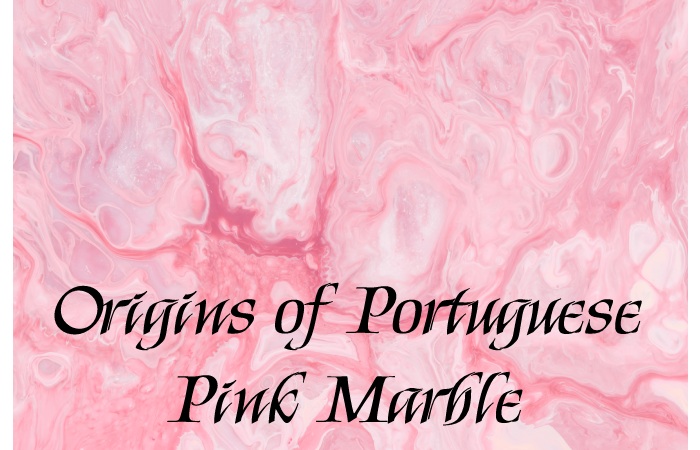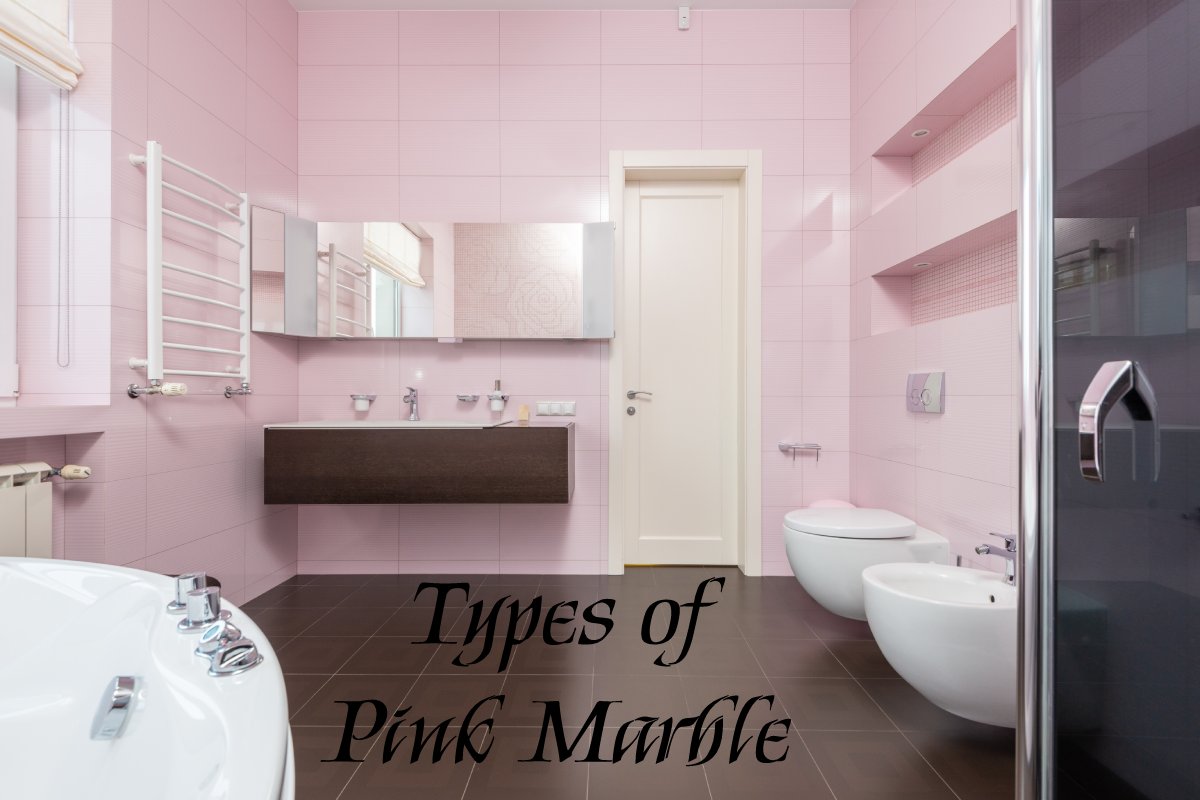Pink Marble: Vintage fashion introduces pink marble into our homes. Pink is the quintessential symbol of calm, delicacy, and positivism. The user can give pink marble is varied and widely used in rest areas.
On the other hand, it is ideal for spaces with little light. Sometimes neutral colors, such as white or gray, can be the perfect complement to pink, creating soft and elegant environments.
If we are looking for a more powerful option, green and brown can provide that original contrast.
Table of Contents
Portuguese Rose
The Portuguese Rose is possibly the best known and most used Pink Marble. Nature offers us different shades, among which the very faint pink, orange or grayish ones stand out.
The appearance of gray and brown veins gives the Portuguese Rose a unique beauty. However, we can find the material free of veins.
The Portuguese Pink Marble
The Portuguese Rose marble is a marble rock with very light and heterogeneous colors that go through white, cream, and different shades of pink. The heterogeneity also affects the veins of various colors such as green, brown, gray, or black.
This pink marble is one of the most important in the Portuguese industry. It is one of the most exported Portuguese stones and probably the best known in the stone market. However, despite the “status”, it enjoys as a trading name, not much know about this limestone.
It is difficult to show a graphic image of the Portuguese Pink Marble due to the irregularity of colors and tones of the material. There is no “typical sample” of this stone. If you ask any stonemason to send you a sample or a typical photograph, he will usually tell you that it does not exist. Those who work with her insist that, almost by definition, each sample differs from another. Still, when works are mounted, the selection is rushed to the maximum so that the outcome is simply spectacular.
Origins of Portuguese Pink Marble

In geological and geographical terms, it is a limestone approximately 400 million years old that extract in an area of about 11 km in the Alentejo area that forms a triangle between the towns of Vila Viçosa, Estremoz, and Borba. Only in this area does this peculiar Portuguese crystalline marble exist.
Alentejo is perhaps the most critical area for the Portuguese stone industry. In Estremoz, there are white and cream marble quarries; in Borba, those of pink marble, with light, medium and dark versions; and in Vila Viçosa, there is a variety of them. In addition to these colors, there are also black, gray, and bluish marble quarries. The number of quarries currently in operation is between 50 and 60, somewhat lower than a decade ago when there were around 200 quarries in total production. Some companies sell blocks to others for further treatment, while others have their treatment center.
The variety extracted the most, about 40%, is a marble with a pink background but with veins that are usually brown, green, or bluish-black. It is a semi-veined marble. Clean marble, without veins and with a pink background, is the most scarce since it does not even reach 20% of the extraction. The veining is also very common, which is the most minor clean, to call it in some way, this is also around 40% of the extraction.
Treatments and Use of Portuguese Pink Marble
There are many “commercial” names by which the Portuguese Pink Marble know, almost as many as shades, and taking into account the wide range of shades that this marble presents, we can get an idea of the number of pseudonyms that we can find: Rosa Borba, Rosa Aurora, Rosa Portugal, Rosa Venado, Rosa Lagoa, Rosa Salmâo, Rosa Crema Vigária, Rosa Monte, Rosa Paradis, Rosa Calacata, Rosa El-Rei, and a long etcetera.
This marble allows various formats: polished, aged, bush hammered, sandblasted, honed, and acid. On rare occasions, the flamed finish also use.
The most common is to find it in large projects and buildings in Saudi Arabia and its surroundings since they are the leading importers of Portuguese Pink Marble (Royal House of Saudi Arabia, “public” buildings by the Persian Gulf, etc.). It is also widespread in Spain and Italy, import leaders.
It is mainly used for exterior and interior architectural decoration and for sculpture, whether decorative or funerary.
Rosa Garcia
The Rosa Zarci marble has a soft pink hue, relatively sober. This natural stone can include dull and faded veins, showing us a uniform material.
The use of Rosa Zarci is perfect to combine with other marbles in the elaboration of mosaics and stairs.
Rose Rose
The Rosa Levante is a pale pink marble where the appearance of fossils predominates. The place of origin of Rosa Levante is mainly Zarzilla de Ramos, in Lorca (Murcia). This marble is also known as Crema Levante or Rosa Girona.

